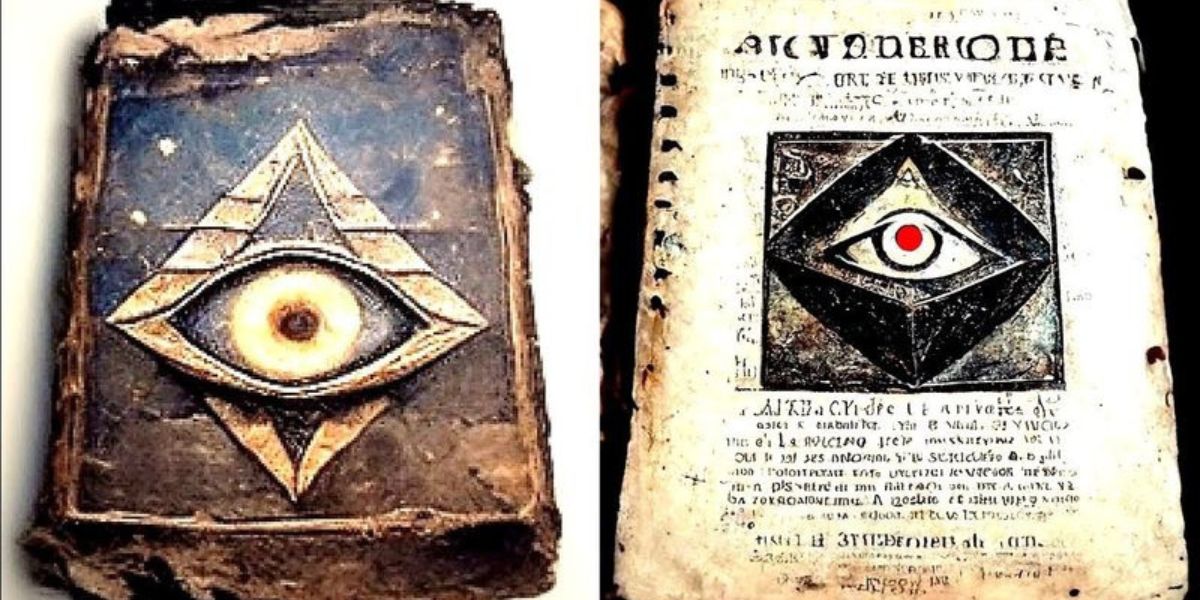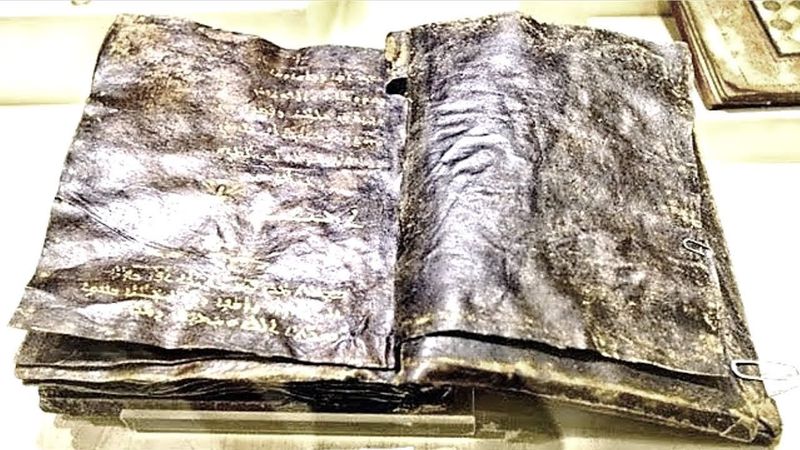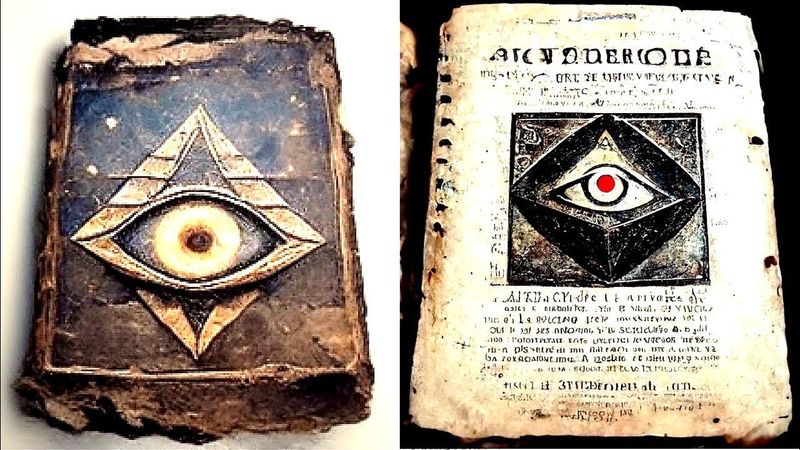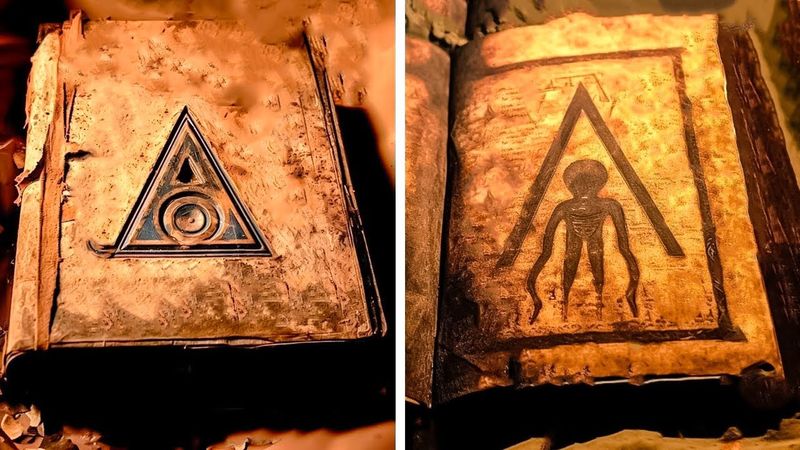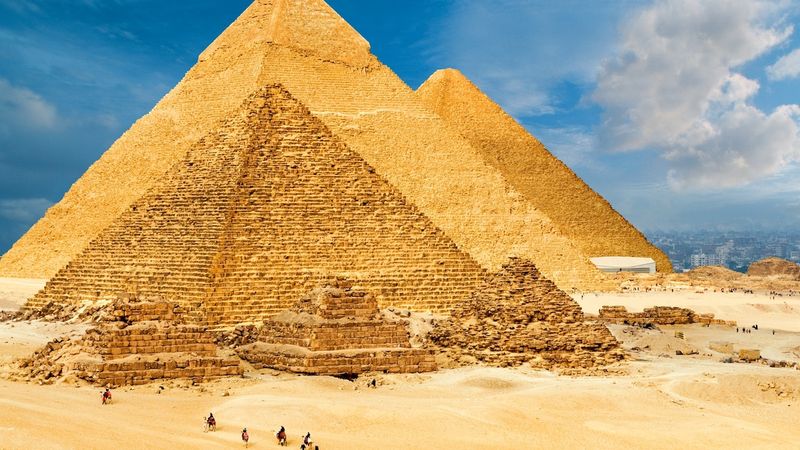In a discovery that has sent shockwaves through the archaeological and historical communities, an ancient book was unearthed beneath the Nile River, leaving experts stunned, and pale, after its contents were transcribed.
The artifact, estimated to be over 3,000 years old, is unlike anything ever recorded in Egyptian history, raising more questions than answers about the true nature of ancient civilizations.
1. A Discovery Unlike Any Other
The remarkable find was made by a team of Egyptian and international archaeologists conducting an underwater excavation near the submerged ruins of an ancient temple in Upper Egypt.
Utilizing advanced sonar scanning technology, the researchers identified an anomalous object encased in sediment at the riverbed.
Upon retrieval, the artifact was revealed to be an incredibly well-preserved book, its pages made of an unknown material that had defied the ravages of time and water.
Unlike the typical papyrus scrolls used by ancient Egyptians, this book had pages that resembled a type of treated metal or stone, bound together with an intricate mechanism.
Early analyses suggest it was buried deliberately, hidden away in a chamber beneath the river long before recorded history.
2. The Moment of Transcription
After the book was carefully dried and preserved, linguistic experts and Egyptologists began the arduous task of transcribing the text.
Written in a form of hieroglyphs that bore resemblance to known Egyptian script but with entirely unique symbols and patterns, the book seemed to detail knowledge and events never before recorded.
However, it was when experts reached a specific passage that their excitement turned to horror.
According to inside sources, the transcribed text spoke of an event known as “The Great Return,” describing beings that once ruled over the earth and were destined to rise again from beneath the waters.
The text contained chillingly precise dates and celestial alignments that corresponded with modern-day occurrences.
One of the most unsettling discoveries was an illustration depicting humanoid figures with elongated skulls, large, hollow eyes, and intricate robes, seated on thrones submerged in water.
The figures bore an eerie resemblance to descriptions of pre-dynastic Egyptian deities, yet none matched any known gods from recorded history.
3. Why Experts Turned Pale
While many skeptics initially dismissed the findings as mythological writings or an elaborate hoax, further analysis revealed something deeply unsettling.
Some passages of the book made cryptic references to locations that had not been discovered until modern times, including detailed descriptions of underground structures that were later confirmed via satellite imaging.
Additionally, the text contained astronomical calculations so precise that they accurately predicted solar and lunar events thousands of years into the future, beyond what should have been possible for an ancient civilization.
It even made reference to cataclysmic floods that eerily aligned with theories surrounding the Younger Dryas period, a time of sudden climate change approximately 12,000 years ago.
One of the lead archaeologists reportedly left the project after reading a specific passage that spoke of “the silent ones beneath,” warning that “when the river runs dry, their voices shall rise.”
With modern climate data predicting unprecedented drought conditions in the Nile, some have begun to question whether these warnings were metaphorical—or literal.
4. A Global Mystery Unfolds
Since news of the book’s transcription leaked, conspiracy theories and scholarly debates have exploded across the internet and academic circles.
Some believe it holds proof of a lost civilization that predates ancient Egypt, possibly connected to the fabled Atlantis or even extraterrestrial influences in early human history. Others warn against sensationalism, urging careful analysis before jumping to conclusions.
Egyptian authorities, however, have since restricted access to the book and the excavation site, fueling speculation that there is more to the discovery than what has been publicly revealed.
Reports suggest that government officials and private organizations have taken an interest in the artifact, leading to whispers of classified studies and secret research initiatives.
5. The Future of the Book and Its Secrets
For now, the ancient book remains locked away in a high-security research facility, its mysteries far from fully uncovered. While scholars continue to analyze its contents, one question lingers in the minds of those who have seen its pages:
What did the ancients know that we have forgotten?
Until further revelations come to light, the world waits in uneasy anticipation, wondering whether this ancient book holds a prophecy—or a warning.
